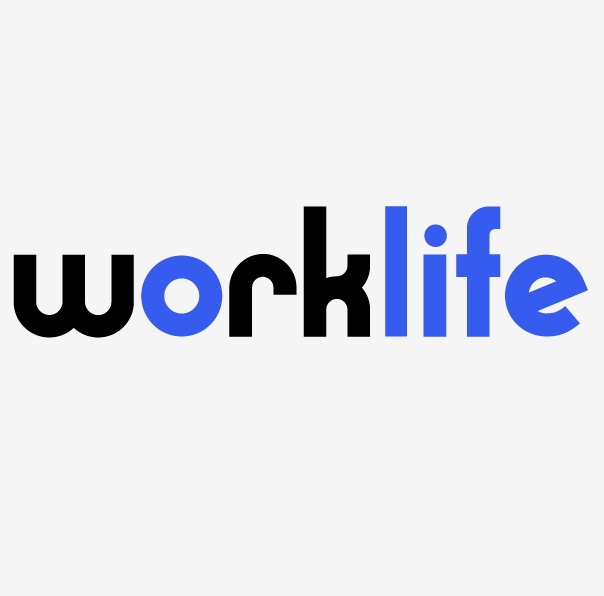
An Applebee’s franchisee in Plant City, Fla., subjected a Black, gay worker to racial and homophobic epithets and then forced him to quit, according to a lawsuit filed by the U.S. Equal Employment Opportunity Commission (EEOC).
In July, Neighborhood Restaurant Partners (NRP) Florida LLC, the restaurant operator, agreed to pay the plaintiff $100,000 in monetary relief.
“No employee should have to endure homophobic and racist harassment by co-workers,” EEOC regional attorney Robert E. Weisberg said in a statement. “Failing to take corrective action to correct a work environment permeated with racial and homophobic slurs, and, even worse, punishing an employee for reporting harassment will not be tolerated.”
From March to June 2019, two of the restaurant’s staff members continuously made derogatory statements to the employee and wore attire, including Confederate flag paraphernalia, that offended him. The harassment occurred “on a near daily basis,” according to the EEOC’s lawsuit.
The employee complained to various levels of management at the restaurant, but he was told to “ignore it,” and no other actions were taken by the company. Afterward, his scheduled hours were cut and he was forced to quit, the lawsuit states.
In addition to the financial settlement, NRP will provide specialized training on sexual orientation and race discrimination to prevent further workplace discrimination and so HR officers and managers know how to address complaints.
The decree also requires NRP to appoint an internal monitor to review complaints of sexual-orientation and race-based harassment and to provide EEOC with reports of harassment complaints that also describe its actions taken in response to the complaint.
None of the individuals named in the complaint are still employed by NRP, according to Pamela Jones, vice president of marketing for NRP Florida.
“At Neighborhood Restaurant Partners Florida, we are committed to maintaining a safe and inclusive environment for all,” Jones said. “We have used this isolated incident as a learning opportunity and will make training available to ensure that our restaurants are a place where all feel welcome and respected.”
Examples of Discrimination
Peter Spanos, an attorney with Taylor English Duma LLP in Atlanta, opined that NRP made two serious mistakes if the allegations of discrimination are true.
First, Spanos said, the company failed to fulfill its obligation under federal anti-discrimination laws to conduct a reasonable investigation of the cook’s allegations of harassment. Second, NRP unlawfully retaliated against the cook by reducing his hours and shifts after he complained about harassment.
“The EEOC’s complaint paints a picture of the restaurant management turning a blind eye to the verbal harassment by two co-workers,” Spanos said.
Title VII of the Civil Rights Act of 1964 makes it illegal for an employer to discriminate against a person based on race, color, religion, sex—including pregnancy, sexual orientation and gender identity—or national origin in such aspects of employment as:
- Job assignments.
- Pay rate.
- Hiring or firing.
- Training.
- Promotions.
- Benefits.
- Layoff.
Nearly half of LGBTQ workers have dealt with unfair treatment in the workplace at some point in their career, according to a 2021 report by the Williams Institute. And a 2021 Gallup poll showed that about 1 in 4 Black employees in the U.S. reported having been discriminated against at work in the past year.
Examples of discrimination that could lead to a lawsuit include:
- Giving workers bad reviews due to their race, gender, disability, religion or sexual orientation.
- Showing preferential treatment, such as giving a group of employees less-desirable jobs.
- Making it harder for a group of workers, such as people of color, to earn promotions.
- Banning religious attire, such as a hijab or yarmulke.
- Making racially derogatory or sexually suggestive comments.
The EEOC lawsuit against NRP illustrates the serious consequences that will likely occur if management does not effectively investigate and take prompt remedial action when harassment occurs in the workplace, Spanos said.
“It also illustrates how jokes, unnecessary comments and other talk in the workplace can be unlawful harassment … and the serious consequences of adverse personnel actions, such as retaliation, taken after an employee complains about harassment,” he said.
Do You Have a Complaint Procedure?
Spanos said employers can take several action steps to reduce or eliminate unlawful harassment and discrimination based on all protected categories, including sexual orientation and race:
Adopt clear and meaningful anti-harassment and anti-discrimination policies.
Conduct periodic training for the workforce, management and HR personnel.
Update mission statements that emphasize the company’s commitment to a workplace free from unlawful harassment and discrimination.
Host employee forums periodically to explore whether any discrimination or harassment is occurring.
If an investigation reveals inappropriate conduct, managers must take prompt and effective remedial action, Spanos explained. This can include a variety of measures, including discipline, termination, performance improvement plans, the restructuring of departments and other options.
He also said companies must establish avenues for employees to complain about alleged harassment or discriminatory treatment. This should include both a general open-door policy as well as formal complaint rules and opportunities detailed in HR policies and employee handbooks.
“Both formal and informal complaints should be taken seriously,” Spanos said. “A prompt and reasonably thorough investigation should be done in each instance. Supervisors should be trained to alert responsible HR personnel to situations that they encounter or learn about, even if no formal complaint is received.”
Mark Kluger, founder of law firm Kluger Healey LLC in Fairfield, N.J., said an effective complaint procedure is the most important tool that an employer can have to prevent discrimination at work.
“What makes a complaint procedure effective is both its accessibility to employees and the response from employers to complaints,” Kluger explained. “The response requires well-trained HR professionals that react quickly, assess the merits and provide prompt remedial solutions when warranted.”
Read the full article here.









